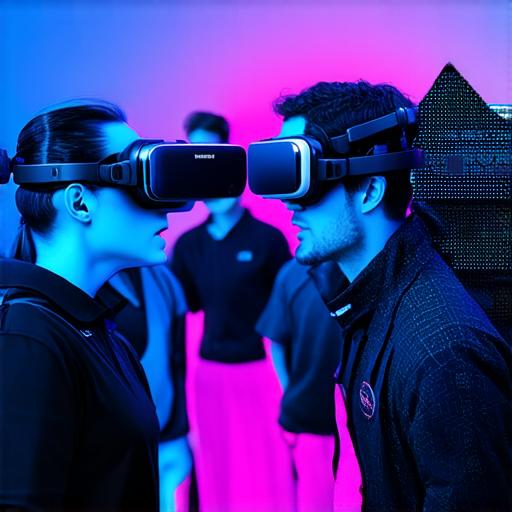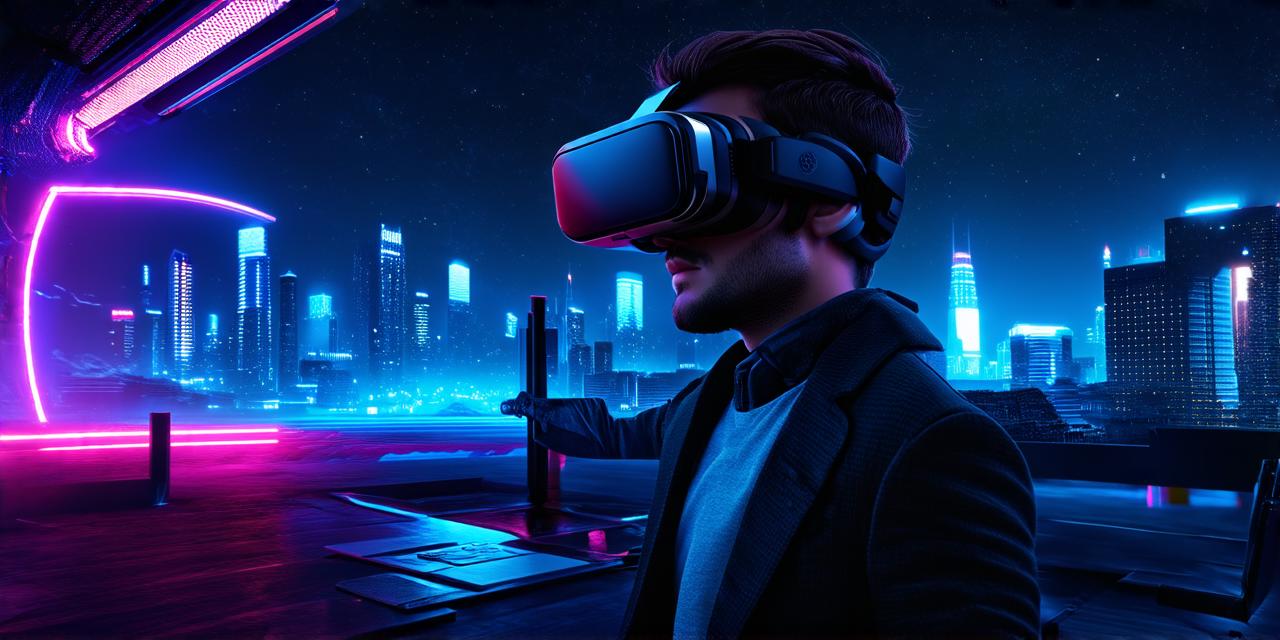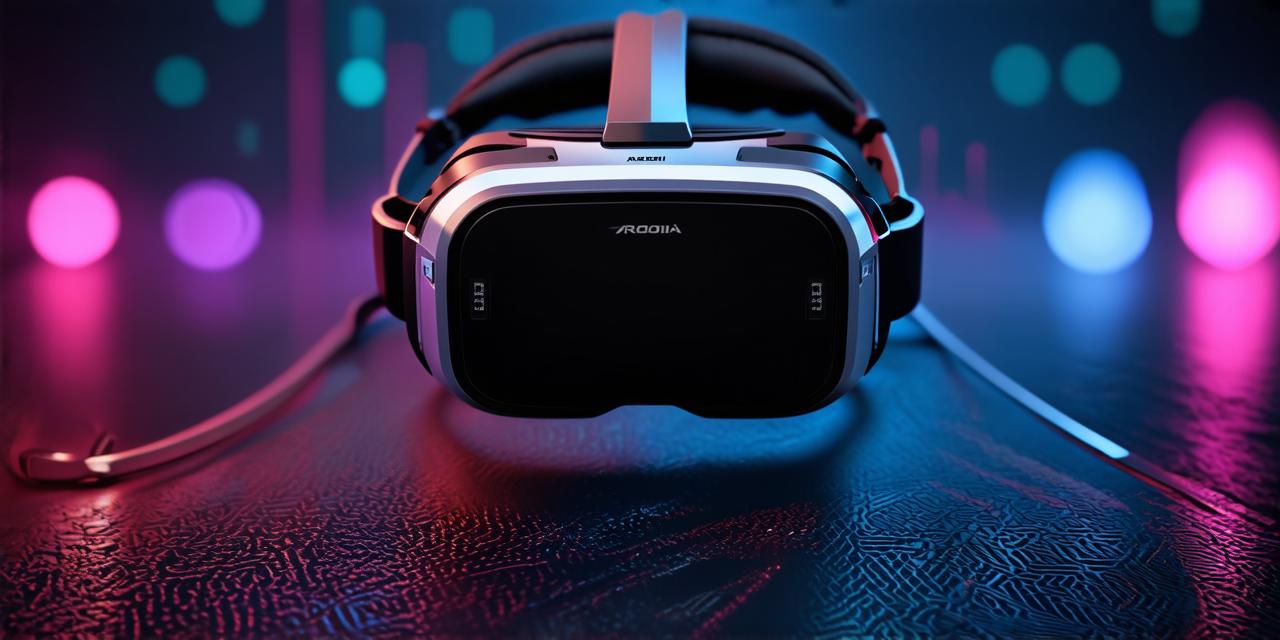The Evolution of Virtual Reality
Virtual reality technology dates back to the 1960s when Ivan Sutherland created the first head-mounted display (HMD) called the “Sword of Damocles.” However, it wasn’t until the advent of powerful computers and advanced graphics that VR became a practical application. In recent years, advancements in hardware, software, and content have led to a surge in interest and adoption.
One of the most significant developments in VR technology is the release of wireless HMDs, such as the Oculus Quest 2, which has made it easier for people to experience VR without needing a powerful computer or complicated setup. Additionally, advancements in motion tracking technology have improved the accuracy and responsiveness of VR experiences, making them more immersive and realistic.
The Benefits of Virtual Reality
Virtual reality provides several benefits that make it an attractive application for various industries. Here are some of the most significant advantages:
- Immersive Experiences: VR allows users to enter a virtual world where they can interact with objects and environments in ways that are not possible in the real world. This immersive experience can be used for entertainment, training, or education purposes.
- Enhanced Learning: Virtual reality has been shown to improve learning outcomes by providing a more engaging and interactive environment. For example, VR simulations can be used to train medical professionals in surgical procedures, or to teach students about historical events in a more immersive way.
- Reduced Costs: By using virtual reality for training and education purposes, organizations can reduce the need for expensive equipment and resources. Additionally, VR can help reduce travel costs associated with attending conferences or training sessions.
- Increased Productivity: Virtual reality has been shown to increase productivity by allowing people to work in a more immersive and interactive environment. For example, architects can use VR to design and visualize buildings in 3D, which can save time and resources in the long run.
- Improved Health: Virtual reality has been used to treat various health conditions, including phobias, anxiety disorders, and PTSD. By creating a safe and controlled environment, VR can help patients overcome their fears and improve their mental health.
Case Studies and Expert Opinions
To further illustrate the potential of virtual reality, here are some examples of its applications in different industries:

- Entertainment: Virtual reality has revolutionized the gaming industry, allowing players to enter a fully immersive world where they can interact with characters and environments in ways that were not possible before. For example, the popular game “Beat Saber” allows players to use virtual reality controllers as light sabers to slash through incoming blocks in time with music.
- Training: Virtual reality has been used for training purposes in a variety of industries, including healthcare, military, and aviation. For example, medical professionals can use VR simulations to practice surgical procedures, while military personnel can use VR to simulate combat scenarios. Aviators can use VR to practice flying in a safe environment before taking to the skies for real.
- Education: Virtual reality has been used in education to create more engaging and immersive learning experiences. For example, students can use VR to explore historical events in a more immersive way, or to learn about science and biology through interactive simulations.
- Real Estate: Virtual reality has revolutionized the real estate industry by allowing buyers and sellers to tour properties remotely. This has reduced the need for physical visits and saved time and money for both parties. Additionally, architects and interior designers can use VR to design and visualize buildings in 3D, which can save time and resources in the long run.
- Mental Health: Virtual reality has been used to treat various mental health conditions, including phobias, anxiety disorders, and PTSD. By creating a safe and controlled environment, VR can help patients overcome their fears and improve their mental health.
The Future of Virtual Reality
Virtual reality technology is still in its early stages, and there is much potential for future developments. Here are some predictions for the future of virtual reality:
- More Advanced Motion Tracking: As motion tracking technology continues to improve, VR experiences will become more immersive and responsive. This could include haptic feedback, where users can feel physical sensations in virtual environments, or improved eye-tracking, allowing for more natural interactions.
- Increased Accessibility: As wireless HMDs become more affordable and user-friendly, VR will become accessible to a wider audience, including those without access to powerful computers. Additionally, advancements in cloud computing could make it easier for people to access VR experiences from anywhere.
- New Applications: Virtual reality technology will continue to find new applications in various industries, including tourism, sports, and entertainment. For example, virtual reality could be used to allow tourists to experience historical sites remotely or to provide athletes with a competitive edge by simulating real-world scenarios.
- Integration with Augmented Reality: Virtual reality technology will likely integrate with augmented reality (AR) technology in the future, allowing for even more immersive and interactive experiences. For example, AR could be used to overlay virtual objects onto the real world, providing a seamless transition between virtual and real environments.
In Summary
Virtual reality technology has come a long way since its inception, and it shows no signs of slowing down. From gaming to education and beyond, VR has a wide range of applications that are only limited by our imagination. As the technology continues to evolve, we can expect to see even more innovative uses of virtual reality in the future. Whether you’re an AR developer or simply someone who is interested in new technologies, VR is definitely worth exploring.




